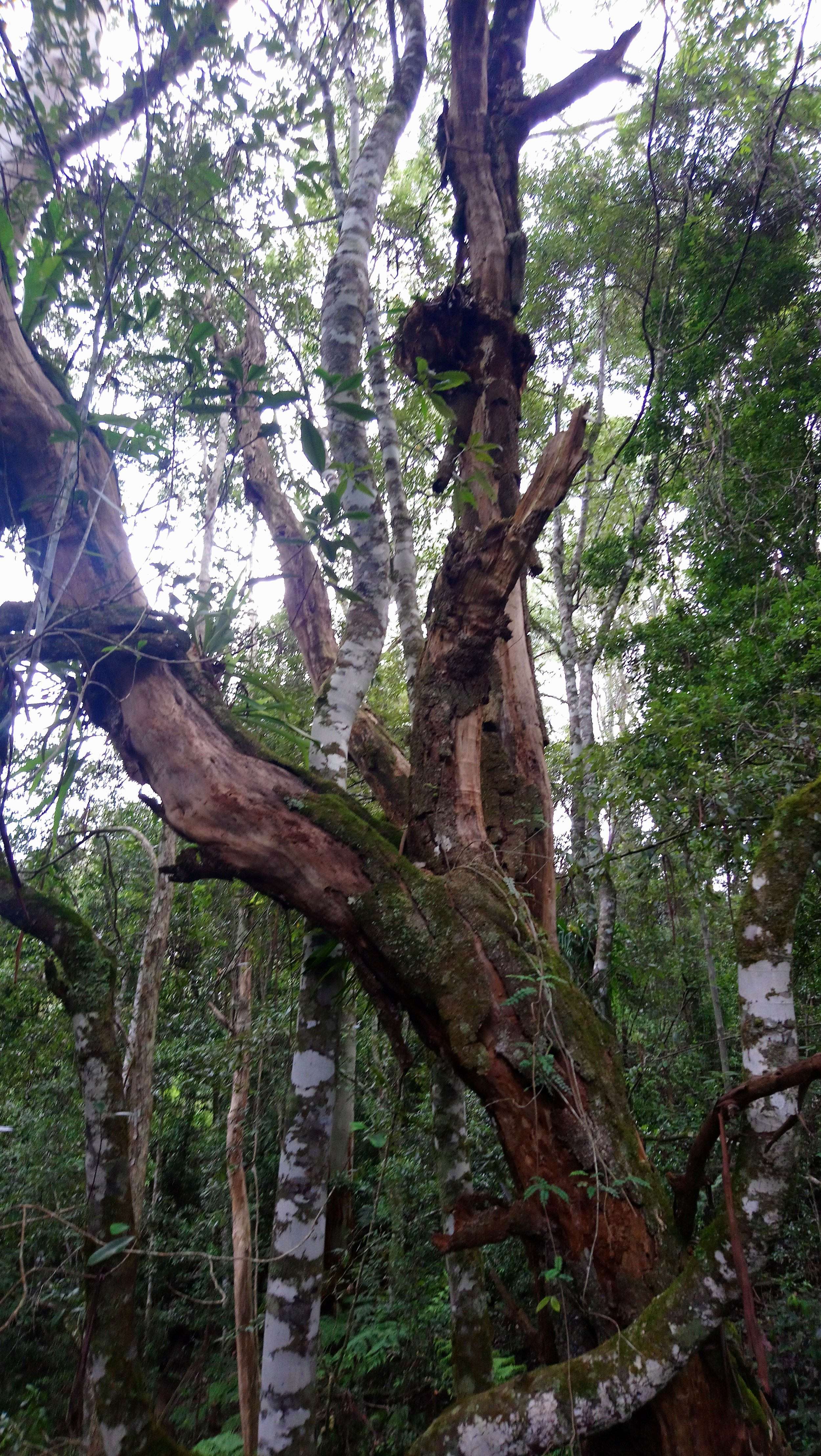
About

What is Stopping for Butterflies?
Stopping for Butterflies was born from a deep desire and social ethical philosophy that sees the intrinsic value of nature independently of its use to human beings.
We are a private, direct action, hands-in-the-earth land conservation and protection project. There is no corporate hierarchy or salaries, and no government funding. Our not-for-profit private land conservation draws on sacred ecology and our experience and commitment to horticulture, biodynamic growing, engineering, bush regeneration, natural land management, natural architecture and wildlife protection.
Situated on former private logging and grazing land, the site now consists of a 70-acre protected area of robust climax (closed canopy) tall mixed forest interfacing with 30 acres under biodynamic agriculture (which will include shelter belts, wildlife corridors etc for increased habitat connectivity).
Our aim is to see the forest preservation and human use zones - and beyond - unendingly cycling together.
Your support
Humans are Nature, not something removed from her or outside her. Yet we may not see or grasp our impacts, because the modern concept of time has become linear and our lifespans are brief in comparison to ecosystem time-scales. Caring is one thing, but the task seems immense. Lack of time and/or skills, not knowing where to begin or what is meaningful and lasting, dissuades most people from starting… Large charities get lost in hierarchical costs; government policies and promises change in a moment. We find ourselves protesting the very government that created the ecological issues and each promise comes and goes as each elected term ends.
Stopping for Butterflies Nature Refuge is different because it has an aimed approach that bypasses abstract managerial structures. We have a diverse range of practical skills, and where necessary we engage other skilled operators for specific functions. What we call “taking the middle out of management” or a hands-in-the-earth approach.
Our purpose is perpetual, so to maintain independent decision-making we do not rely on ephemeral constructs like government grants or incentive schemes (e.g. carbon offset trading). Thus we can always respond according to Nature’s eternal guidance with our own experience and assessment of the project’s needs. Private land conservation initiated by individuals is a way to inspire others to directly support the protection of forests and all life within, for now and into the future.
Why Stopping for Butterflies
Government projects really only work while the policy-designers are in power, with many conservation programs being canned once a new government enters the arena. I have experienced this episodic management style numerous times as a volunteer for endangered species or on bush-care sites.
Stopping For Butterflies came to my mind as a way to uninterruptedly protect mid north coast forest and all that dwells in it.
The result is a Private Land Conservation initiative and Nature Refuge wrapped around a developing Biodynamic food production system, which therefore meets many local concerns of both preserving intact forest and farming clean food. That is, caretaking private land to benefit the future generations.
Succession
Stopping for Butterflies is set up to operate indefinitely, but while it has no end-date, its present caretakers, project creators, designers and hands-in-the earth workers in time will pass (we do aim to continue living a good long life).
Accordingly much effort has also been dedicated to designing the framework under which Stopping for Butterflies exists and will achieve its goals, including project longevity. That is why it has been created as a separate private association of up to six participants (with no heirs or family dynasties) to place its succession beyond personalities or self-interest.
What is a nature refuge?
Simply as it says, a place where nature is relatively undisturbed and animals, plants and fungi can move or locate themselves safely via the connectivity of the land to forage, breed, multiply and have shelter.
Our projects focus on rehabilitating impacted areas of land to establish links between the forest zones and thereby provide an ongoing space for nature.
Stopping for Butterflies is an example where the land is entirely devoted to natural cycles and the resident flora and fauna. There are areas (over 70 acres) that are relatively undisturbed, with closed-canopy areas cycling various forest types with few or no woody weeds. These places, which have formerly suffered from tree clearing, artificial fire and weather events, are now left to take as long as needed to return to the giant trees and rich forests of the past.
The land and soil are not traded in carbon-offset or other commodity schemes.
Our main focus is to address habitat loss, artificially engineered atmospheric extremes, and extinction rates of micro and macro life including animals, insects, trees, and fungi. Thriving forest lands, wetlands, and grasslands are key to achieving this. The harms inherent to modern agricultural systems - river and stream pollution, soil compaction, nitrate loads and leaching, pesticides and herbicides - can be countered and avoided by applying Australian Demeter Biodynamic methods. (There are hundreds of professional farmers successfully using this methodicity across Australia with often difficult leached soils and other extremes). It is ongoing and net-positive.
Carbon trading or carbon offset schemes allow buyers with low environmental ratings to purchase expensive credits from potential sellers with high ratings (e.g. holders of forested lands, grasslands or well managed organic soils). In practice this allows those with enough means (e.g. a corporate developer or contaminating industry) to keep destroying habitat or polluting simply by paying money to those who do not. This is doubly flawed because it encourages the credit sellers to rely on income from others’ poor practices, creating a negative dependency loop.
We understand that successful land conservation and cropping are both reliant on the power of the soil (based on colloidal humus reserves) and all the influences from surrounding life.
As a stand-alone we are not beholden to or influenced by policy or trends. Our actions are motivated by the love of nature, all life and sacred ecology, not by illusory gains offered under the government of the day.
